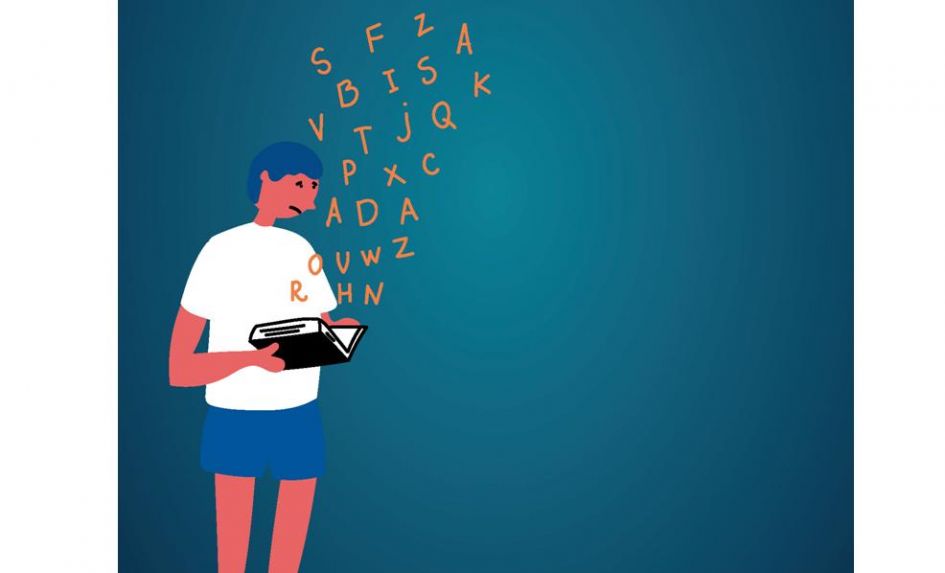An assessment for dyslexia should consider four key aspects – the strengths, difficulties, range and variations of scores, and learning differences shown by the pupil. These factors, in addition to their background and ongoing school performance, can help to pinpoint whether the child has dyslexia or any other specific learning difficulty.
Even if no diagnosis is made, the assessment should still provide key information that can contribute to a learning profile. This information can help towards the development of a learning programme and inform any other curriculum considerations that need to be made.
Strengths
It’s important that the learner’s strengths are noted in the assessment. Quite often, children with dyslexia can have visual strengths and may prefer to use visual strategies for reading. They might score quite highly in visual activities across various tests. In reading, the student may have a strength in comprehension but a difficulty in reading accuracy, or the reverse may apply. If the student’s strengths are in social skills, sport or practical activities, these also need to be highlighted in the assessment and report. These can offer a ‘leadin’ to the student’s interests, and help with motivation.
Difficulties Children with dyslexia can experience a number of difficulties, but the main one will typically be related to the decoding or encoding of print – that is, reading, spelling or both. These difficulties can be due to challenges with phonological processing, or in recognising and retaining sounds in words. They may have difficulty in blending; putting the sounds and letters in words together to make a word.
If the latter applies, reading can become a time consuming and disheartening ordeal whereby each word needs to be sounded out and processed and have an impact on their reading comprehension. This in turn can influence the child’s enjoyment of reading.
Memory
Children with dyslexia can have difficulties with their short term, working or indeed long term memory. Working memory difficulties may be seen when a child is processing two or more pieces of information at the same time. A backwards number span test is often used for this, which involves a remembering numbers, putting them in order and saying them backwards. Children who have long term memory difficulties will need a great deal of overlearning and repetition before retaining information fully.
People with dyslexia often have a weakness or difficulty with processing speed, where their pace of work doesn’t match their processing ability. As well as the obvious effect of running out of time in finishing work, this can also make comprehension of text difficult because material is being processed too slowly for the child to get the ‘flow’ of the text.
Strategies
We often find that pupils with processing speed difficulties develop the habit of working quickly to keep up, and will sometimes rush through tasks to complete them before the allocated time. More likely than not, this strategy will lead to a higher level of mistakes, which can be discouraging for the pupils who feel they have worked hard to meet requirements.
Other factors that can be noted in an assessment include motor and coordination difficulties, and the organisational difficulties that can accompany them. These can be important in gathering evidence for an SpLD such as dyslexia, or perhaps dyspraxia.
Dr Gavin Read is a practitioner psychologist, consultant and author; Dr Jennie Guise is a practitioner psychologist, author and founder of Dysguise Ltd. This article is based on an edited extract of their book, Assessment for Dyslexia and Learning Differences, published by Jessica Kingsley Publishers










